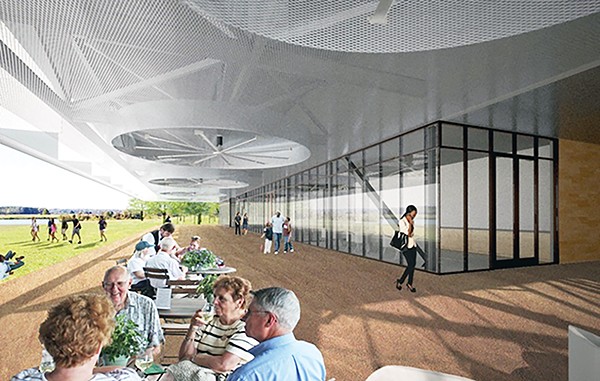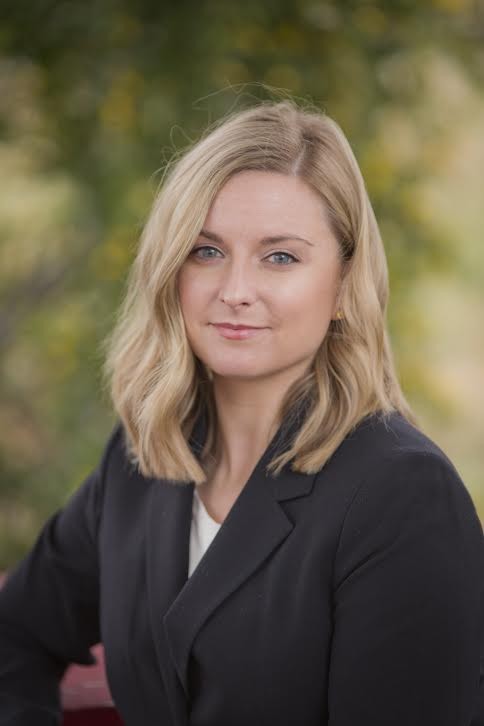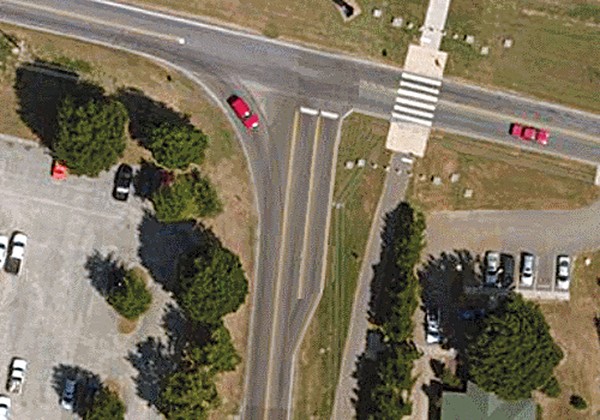Tempers flared and questions arose when news surfaced last week that a new restaurant concept called The Kitchen was coming to town.
Multi-millionaire Kimbal Musk owns the Boulder, Colorado-based restaurant chain and plans to open The Kitchen inside a new visitors center at Shelby Farms Park in 2016 and a more casual concept called The Kitchen Next Door at Crosstown Concourse in 2017.
Many Memphians looked beyond local stories that heralded the chain as “acclaimed” (The Commercial Appeal) and “renowned” (Memphis Daily News) and found a long feature at medium.com about Musk’s plans headlined “The Musk Who Wants to Change the Way We Eat.”
The story painted an ugly picture of Memphis, going beyond the typical “fattest city” designation to call Memphis “a toxic combination of cholesterol and poverty.” Musk saw these problems as an “opportunity for change,” and he and The Kitchen were the ones to bring it, according to the story.
 Shelby Farms Park Conservancy
Shelby Farms Park Conservancy
Rendering of new Shelby Farms Park visitors center
In fact, he said coming to Memphis wasn’t about the money, even calling the move “questionable” as a financial decision, according to the story. “If we didn’t have the social aspect, we would go to Las Vegas, New York, Los Angeles, places like that,” Musk was quoted as saying. It was this idea that rubbed many the wrong way.
“Musk has an interesting vision and plan, and I hope he succeeds,” Memphian Caroline Mitchell Carrico wrote in the Medium story’s comments. “However, I also bristle whenever my city is portrayed as a backwater that is dependent on outside saviors.”
Backlash like this (and worse) permeated social media at the end of the week. It even prompted local entrepreneur Taylor Berger to pen a blog post called “Kimbal Musk Is Not An Asshole,” a sort of backlash to the backlash.
“Take it on faith, y’all, that Kimbal Musk is not here to pillage our city,” Berger wrote. “He is exactly the kind of person, with the kind of vision and power to execute, that we need right now if we have any hope of becoming a world-class city.”
Musk is widely credited for shepherding the farm-to-table dining movement and said in a news statement he is “thrilled” to bring it to Memphis.
“Memphis is a vibrant and diverse city that is on the verge of a Real Food (sic) renaissance,” Musk said in the statement.
That raised the ire of Tsunami chef and owner Ben Smith, who has been locally sourcing ingredients since 1998 and hosting a farmers market in his parking lot for the past three years.
“My initial reaction was, Wait a minute, man, there are some people who have been here for a number of years that have really focused on this farm-to-table thing,” Smith said. “The interaction and relationship between farmers and Memphis restaurants is already well-established and well-supported.”
Questions also arose about The Kitchen’s locations — both in taxpayer-supported venues — that could have gone to local talent.
Shelby Farms Park Executive Director Laura Morris said her group issued a request for proposals, made a presentation to the Memphis Restaurant Association, and formed an ad hoc committee to “spread the word” about the opportunity. But the park never got a deal on the table from local restaurateurs, she said.
The Kitchen did not get a special deal or special incentives, she said.
“Looking at the lease, I’d say it’s a little bit above market for the park,” Morris said. “We did pretty well.”
The Kitchen will lease the restaurant and the grab-and-go counter at Shelby Farms for $172,260 for the first five years, according to the lease. Rent will rise slightly in the next five years.
Morris said she was aware that not everyone is excited about bringing in an outside operator, “but it’s not like we put a Cheesecake Factory at the park.”

 Shelby Farms Park Conservancy
Shelby Farms Park Conservancy  Courtesy of Sierra Club
Courtesy of Sierra Club 